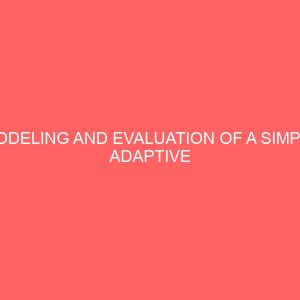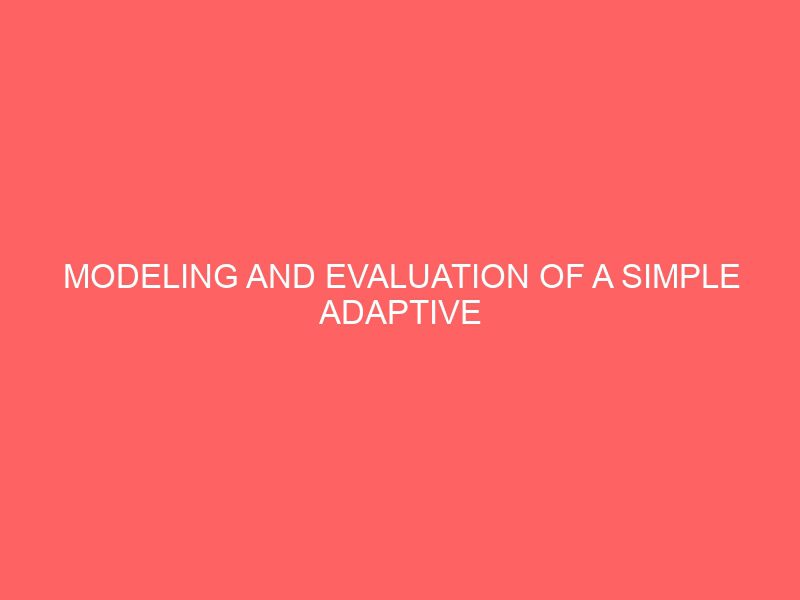Description
ABSTRACT
This study aimed at assessing the performance of secretaries in information and communication technology related functions in Ondo State civil service. Four research questions were used for the study while three hypotheses were tested at 0.05 level of significance. The survey research design was adopted for study. The population consists of 328 Directors and Deputy Directors in 22 ministries of Ondo State Government. The instrument for data collection was a structured questionnaire. The instrument was validated by experts and its reliability coefficient was 0.84. Data were analyzed with mean and ttest statistics. Results revealed that secretaries in Ondo State civil service are effective in communication and office practice clusters but ineffective in information and internet services. There was no significant difference in respondents mean ratings of secretaries performance in information, communication and office practice clusters based on respondents gender experience and status. Consequently, the researcher concludes that secretaries in Ondo State civil service are not as effective as required in ICT related functions and recommends among others, that serving secretaries should search for and utilize opportunities to acquire relevant ICT competencies for effective performance in the current era and that management of tertiary institutions that train secretaries should adequately equip the department with ICT resources.
TABLE OF CONTENTS
PAGE
TITLE PAGE i
APPROVAL PAGE ii
CERTIFICATION iii
DEDICATION iv
ACKNOWLEDGEMENTS v
ABSTRACT vii
TABLE OF CONTENTS viii
CHAPTER ONE: INTRODUCTION 1
Background to the Study 1
Statement of the Problem 4
Purpose of the Study 4
Significance of the Study 5
Scope of the Study 6
Research Questions 7
Hypotheses 7
CHAPTER TWO: REVIEW OF RELATED LITERATURE 8
Conceptual Framework 8
Theoretical Framework 12
Theoretical Studies 13
Empirical Studies 33
Summary of Review of Related Literature 36
CHAPTER THREE: METHOD 39
Research Design 39
Area of Study 39
Population of the Study 39
Instrument for Data collection 42
Validation of the Instrument 42
Reliability of the Instrument 43
Method of Data Collection 43
Method of Data Analysis 43
CHAPTER FOUR: PRESENTATION AND DATA ANALYSIS 45
Research Question 1 45
Research Question 2 46
Research Question 3 48
Research Question 4 49
Null Hypotheses 50
Summary of Major Findings 52
CHAPTER FIVE:DISCUSSION OF RESULTS, CONCLUSION AND RECOMMENDATIONS 53
Discussion of Results 53
Conclusion 54
Implications of the Study 54
Recommendations 55
Limitations of the Study 55
Suggestion for Further Research 55
REFERENCES 57
APPENDIX A 63
APPENDIX B 64
APPENDIX C i 68
APPENDIX C ii 69
APPENDIX C iii 70








Reviews
There are no reviews yet.